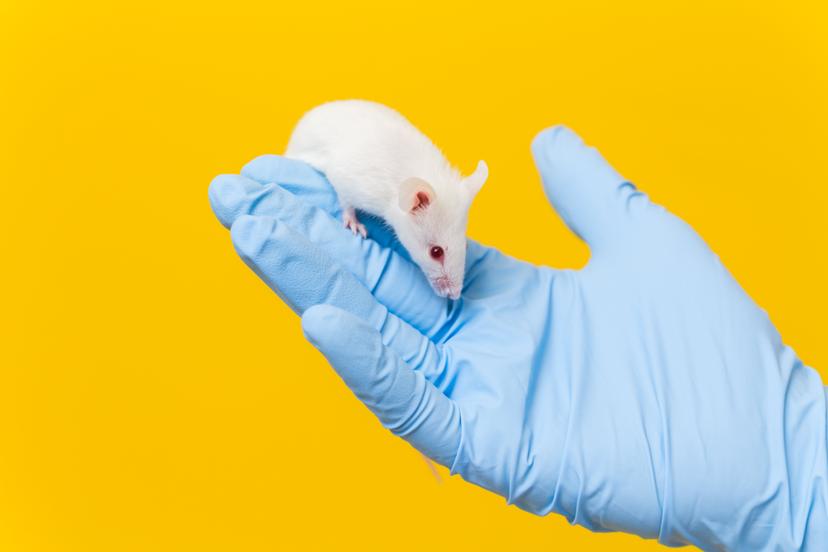Stepping up The War on Cancer with New Technology
Learn how Dr Robert Hoffman is shifting the paradigm in cancer research.
17 Jan 2017

The iBox® Scientia™ Small Animal Imaging System offers three main advantages, Dr Hoffman's team found.

Dr Robert Hoffman, AntiCancer Inc.
Dr Robert Hoffman, founder of AntiCancer Inc., and Professor of Surgery at USCD, San Diego, told SelectScience® about recent advances in technology that have significantly impacted his cancer research. AntiCancer Inc. has employed iBox® Scientia™ Small Animal Imaging System produced by Analytik Jena US, formerly UVP LLC, to make several breakthroughs, at greater resolution, and at a fraction of the cost compared to the analytical tools commonly used in cancer research.
Dr Hoffman’s current research focus is on translational techniques - finding what works in the laboratory that can quickly be translated to benefit patients, whether that benefit comes from effective imaging systems, or developing strains of bacteria to directly target tumors. With a successful track record in cancer research dating back to the mid 1960s, Dr Hoffman’s efforts are now channeled into working with tumor-targeting bacteria, and other areas of cancer research.
Hoffman’s models represent a paradigm shift in cancer research. “We’re still treating solid tumors like a leukemia or a lymphoma. This is wrong as most solid tumor cells are at a non-dividing stage in their cell cycle and must be treated differently,” added Hoffman, “Cancer patients don’t respond to drugs as the cells in their tumors are mostly non-dividing, and therefore resistant to drugs.” Hoffman linked this ‘black box’ approach to hair loss, a common side effect of traditional cancer therapies. “Hair cells die because they’re always dividing. The bacteria employed in AntiCancer Inc.’s research attacks tumors and decoy the cancer cells to transition to the most sensitive part of the cell cycle."
AntiCancer Inc. uses high-resolution imaging to study single cells in the mouse model, together with micro surgery to implant the tumors. “Very few labs can do this. Imaging and microsurgery are very important to us.” “The iBox® Scientia™ Small Animal Imaging System offers us three main advantages,” said Dr Hoffman. “It gives us high resolution images, with high contrast, and at high magnification. It can even give us spectral separation – everything you need.” Dr Hoffman’s team has been able to study the activity of individual cancer cells non-invasively, using fluorescent proteins and the iBox®. Hoffman continued, “We have over two hundred different models of cancer. We can image inside a mouse using a fluorescent protein – and we can see through the skin – it’s not invasive.” Hoffman concluded, “We also found the iBox to be so cheap – you can buy an iBox® system for around a quarter of what we’d expect to pay for a single analyzer of an established brand. UVP has overcome what is a barrier to smaller labs – a better machine and at a quarter of the price, and with many different options.”
Alluding to his comments on the current ‘black box’ approach, Hoffman is frustrated for the future of cancer research. “I worry that the leaders are working in the wrong paradigm,” he added. “It will be a long and a big fight – it’ll take decades if not another century.” But Hoffman sees great opportunities in other areas. “I am excited about stem cells, we want to be able to regenerate everything.” Hoffman added, “With stem cells that come from the hair - everybody’s hair works. With these cells, we want to be able to regenerate the spinal cord, nerves, heart. And hair cells are accessible from every individual without having to worry about any immune problems, and they don’t make tumors.”
Read the latest stem research from Dr Hoffman’s group to learn more about how they’ve developed tumor-targeting bacteria to attack cancer in mouse models, image single cells in live mice, how hair-associated-pluripotent (HAP) stem cells repair nerves and differentiate into heart cells, how human tumor behaviour is replicated in a mouse and many other new technologies.
